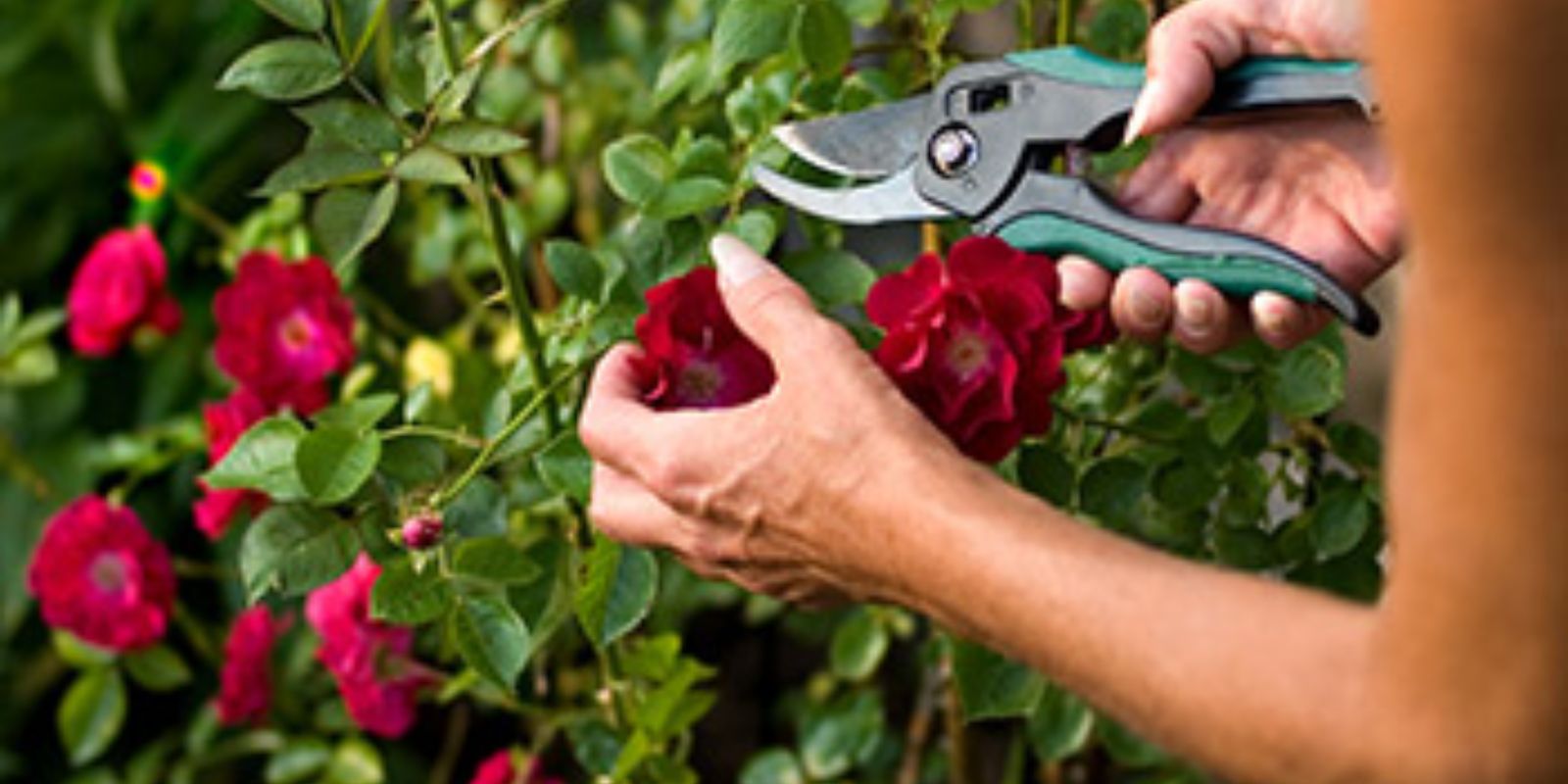Introduction
Pruning roses might seem like an intimidating task, but it’s essential for maintaining the health and beauty of your rose bushes. Proper pruning techniques not only keep your plants in shape but also ensure that they continue to bloom profusely throughout the growing season. Whether you’re a seasoned gardener or just starting out, mastering the art of rose pruning will reward you with a garden full of vibrant, continuous blooms. This guide will walk you through the essential steps of pruning roses for the best results.
Choosing the Right Time for Pruning
The timing of pruning is crucial for promoting healthy growth and maximizing blooms. The ideal time to perform major pruning is early spring, just as new growth begins to appear. This timing allows the rose bush to recover from the pruning and direct its energy into producing new shoots and blooms. However, throughout the growing season, you should also practice deadheading, which involves removing spent blooms to encourage the plant to produce more flowers.
Gathering the Right Tools
Before you start pruning, ensure you have the proper tools at hand:
- Sharp Pruning Shears or Clippers: Invest in a good pair of sharp, clean pruning shears. Dull or dirty tools can cause damage and increase the risk of disease.
- Gloves: Protect your hands from thorns and sharp branches.
- Disinfectant: Keep disinfectant or rubbing alcohol available to sanitize your tools before and after use. This helps prevent the spread of diseases.
Removing Dead or Diseased Wood
The first step in pruning is to address any dead, damaged, or diseased wood:
- Identify Problematic Areas: Look for branches that are brown, brittle, or have visible signs of disease.
- Make Clean Cuts: Using your pruning shears, cut these branches back to the base or to healthy wood. Ensure your cuts are clean and smooth to promote faster healing.
- Dispose of Cuttings: Remove the cut branches from your garden area to prevent any potential spread of disease.
Shaping the Bush
Proper shaping helps maintain the overall health of your rose bush and ensures an aesthetically pleasing structure:
- Thin Out Crowded Areas: Remove any branches that are crossing or crowding each other. This improves air circulation and reduces the risk of fungal infections.
- Maintain a Balanced Shape: Focus on creating an open, airy shape by cutting back long, unruly stems. Aim to keep the bush balanced and symmetrical.
- Cut Back to Outward-Facing Buds: To encourage an open structure, make cuts just above outward-facing buds. This helps new growth to develop outward rather than inward, leading to a more open and productive plant.
Encouraging New Growth
The primary goal of pruning is to stimulate new growth and increase blooming:
- Prune to a Leaf Node: Make cuts just above a leaf node (the point on the stem where leaves attach). This encourages new shoots to develop from the node.
- Focus on Strong Canes: Prioritize pruning on strong, healthy canes. Remove weaker or spindly growth to direct the plant’s energy to the strongest canes.
- Regular Maintenance: Throughout the growing season, continue to prune lightly to remove spent blooms and any additional dead or diseased wood.
Fertilizing After Pruning
To support the new growth stimulated by pruning, apply a balanced rose fertilizer:
- Choose the Right Fertilizer: Use a fertilizer specifically formulated for roses. Look for a balanced formula with equal parts nitrogen, phosphorus, and potassium.
- Follow Application Instructions: Apply the fertilizer according to the manufacturer’s instructions. Over-fertilizing can lead to excessive foliage growth at the expense of blooms.
Watering and Mulching
Proper watering and mulching practices complement your pruning efforts:
- Watering: Ensure your rose bushes receive adequate water, especially during dry periods. Water deeply and regularly to promote strong root development.
- Mulching: Apply a layer of mulch around the base of the rose bush. Mulch helps retain moisture, regulate soil temperature, and suppress weeds.
Dealing with Common Issues
Even with careful pruning, you may encounter some common issues:
- Pests: Keep an eye out for pests such as aphids and spider mites. Use insecticidal soap or neem oil if needed.
- Disease: Be vigilant for signs of rose diseases like black spot or powdery mildew. Proper sanitation and spacing can help prevent these issues.
Motivation
By following these pruning techniques, you’ll be well on your way to achieving a garden filled with lush, continuous blooms. Pruning might seem like a chore, but with a bit of practice, it becomes a rewarding part of your gardening routine. Your rose bushes will thank you with a spectacular display of flowers, enhancing the beauty and enjoyment of your outdoor space. Embrace the art of rose pruning and watch your garden flourish!

